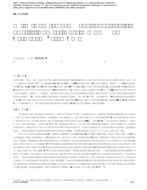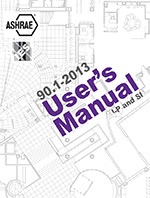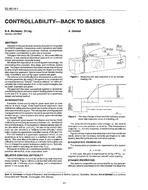Track: Earth, Wind & Fire
Sponsor: 2.7 Seismic and Wind Resistant Design, 5.2 Duct Design
Chair: Patrick Marks, P.E., Fellow ASHRAE, Johnson Controls, New Freedom, PA
Rooftop equipment is subjected to both seismic and wind loads. This seminar presents the results of RP-1692, which shows the effects of rooftop architectural elements on wind load calculations. The seminar also discusses the specific design criteria for roof mounted HVACR units as well as piping, duct work and solar panels.
1. Designing Rooftop Systems for Wind and Seismic Compliance
Robert Simmons, P.E., Member, Petra Seismic Design, Houston, TX
Design of HVAC&R systems for wind/seismic compliance is required by code. Recent code changes have significantly increased required wind design loads. Roof top systems such as duct, pipe, and solar panels must be restrained to prevent wind or seismic load failure. Loss of the systems can shut down a building or damage the roofing, causing major economic loss. But rooftop support systems are difficult to restrain without affecting the roof membrane. This presentation discusses practical methods.
2. Wind Loads on Architectural Screens and Impact on Wind Loads for Roof Mounted Equipment They Surround
Murray Morrison, Ph.D., Insurance Institute for Business and Home Safety, Richburg, SC
The use of architectural screens on buildings is required in many urban planning/zoning requirements to hide roof-mounted equipment (RME) from view. They may also serve as wind screens to reduce loads on RME. Currently, there is a lack of guidance for designers and engineers on how to appropriately calculate wind loads on these structures. IBHS and others have shown that loads on RME can be reduced when RME is surrounded by other RME units. However, the reduction in wind loads due to surrounding RME or architectural screens has not been quantified in a systematic way to allow for codification.
3. Secure Roof Top Equipment
Matthew Hooti, P.E., Member, ISOTECH Industries, Vaughan, ON, Canada
Design of HVAC&R systems for wind/seismic compliance is required by code. Recent code changes have significantly increased required wind design loads. Roof top equipment such as air handling systems and cooling towers must be restrained to prevent wind or seismic load failure. Loss of the systems can shut down a building or damage the roofing, causing major economic loss. This presentation discusses practical methods for restraining most common roof top equipment.
Presented: Tuesday, January 23, 2018, 11:00 AM-12:30 PM
Run Time: 90 min.
This is a zip file that consists of PowerPoint slides synchronized with the audio-recording of the speaker (recorded presentation), PDF files of the slides, and audio only (mp3) for each presentation.
Citation: ASHRAE Seminar Recordings, 2018 Winter Conference, Chicago, IL
Product Details
- Published:
- 2018
- Units of Measure:
- Dual
- File Size:
- 1 file , 120 MB
- Product Code(s):
- D-CH18Sem42


